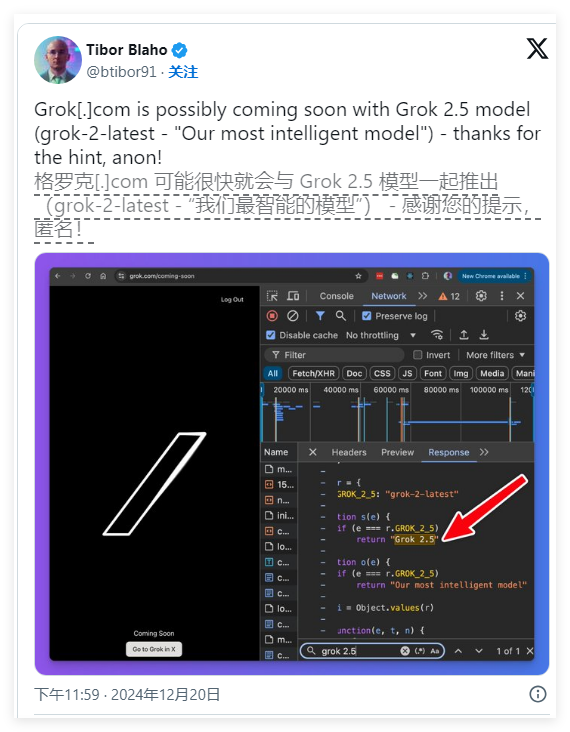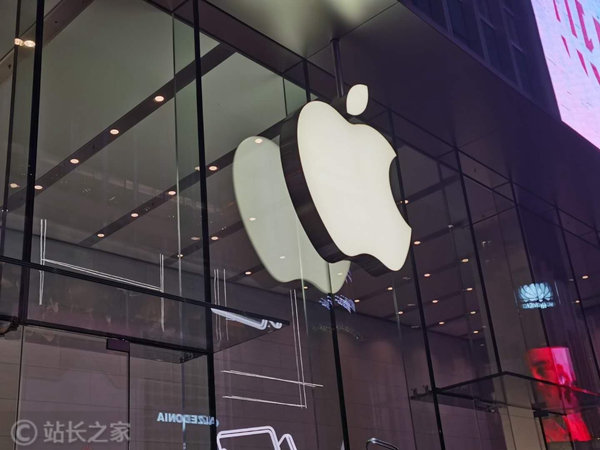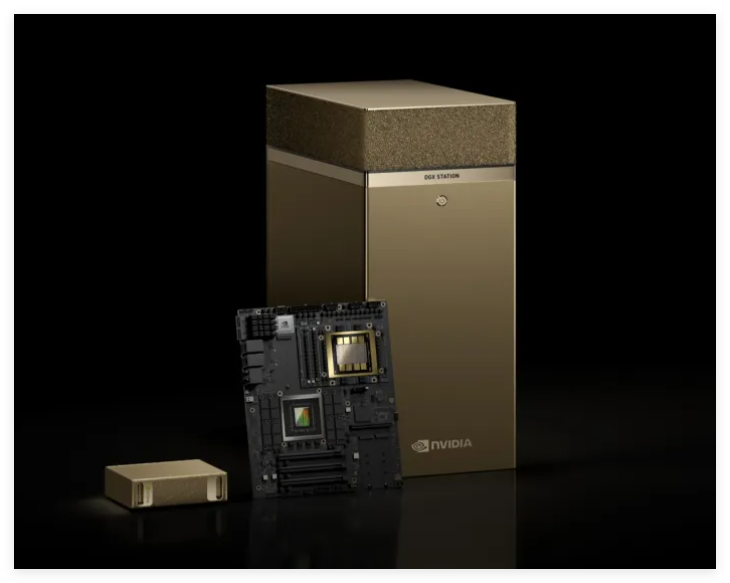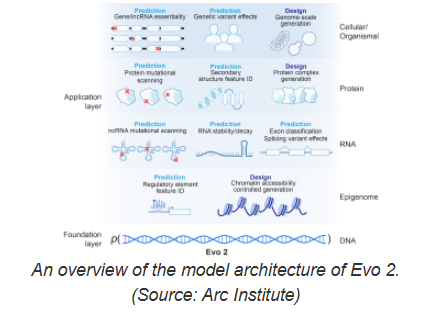In the era of rapid technological advancement, large language models (LLM) play a critical role across various industries, automating tasks and enhancing decision-making efficiency. However, they face specific challenges in specialized fields like chip design. NVIDIA's newly launched ChipAlign is designed to address these challenges, aiming to blend the strengths of general-purpose LLMs with those tailored to chip-specific LLMs.
ChipAlign employs a novel model merging strategy that seamlessly combines the capabilities of two models without the need for a complex training process. It utilizes geodesic interpolation methods in geometric space, effectively integrating the advantages of both models. Compared to traditional multi-task learning approaches, ChipAlign directly combines pre-trained models, avoiding the requirement for extensive datasets and computational resources, thereby preserving the strengths of both models.
Specifically, ChipAlign achieves its effects through a series of meticulously designed steps. It first projects the weights of the chip-specific and instruction-aligned LLMs onto a unit n-sphere, followed by geodesic interpolation along the shortest path, and finally rescales the combined weights to ensure the retention of their original characteristics. This innovative approach results in significant improvements, including a 26.6% performance boost in instruction-following benchmark tests.
In practical applications, ChipAlign has demonstrated exceptional performance across multiple benchmarks. In the IFEval benchmark test, it achieved a 26.6% improvement in instruction alignment; in the OpenROAD QA benchmark test, its ROUGE-L score increased by 6.4% compared to other model merging techniques. Additionally, in industrial chip quality assurance (QA), ChipAlign outperformed baseline models by 8.25%, showcasing impressive performance.
NVIDIA's ChipAlign not only resolves pain points in the chip design field but also demonstrates how innovative technological approaches can bridge the gap in large language model capabilities. The application of this technology is not limited to chip design and has the potential to drive progress in other specialized fields, highlighting the vast potential of adaptable and efficient AI solutions.
Key Points:
🌐 **Innovative Merging Strategy of ChipAlign**: NVIDIA's ChipAlign successfully combines the advantages of general-purpose and specialized LLMs through a non-training model merging strategy.
📈 **Significant Performance Improvement**: ChipAlign achieves a 26.6% improvement in instruction-following and a 6.4% improvement in domain-specific tasks.
⚙️ **Wide Application Potential**: This technology not only addresses challenges in chip design but also has the potential to be applied in other specialized fields, propelling the advancement of AI technology.








暂无评论